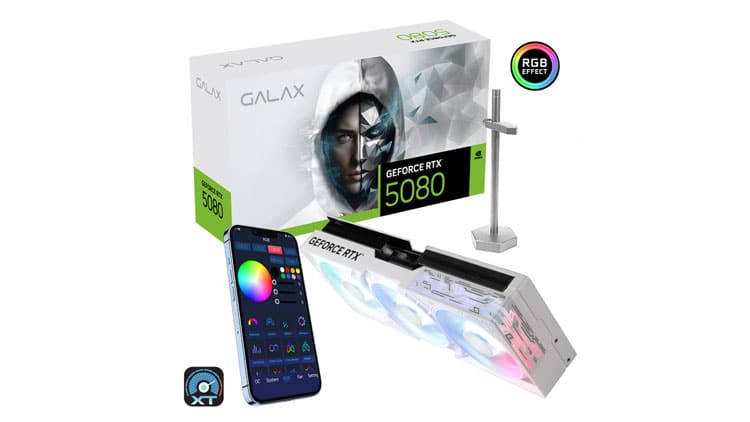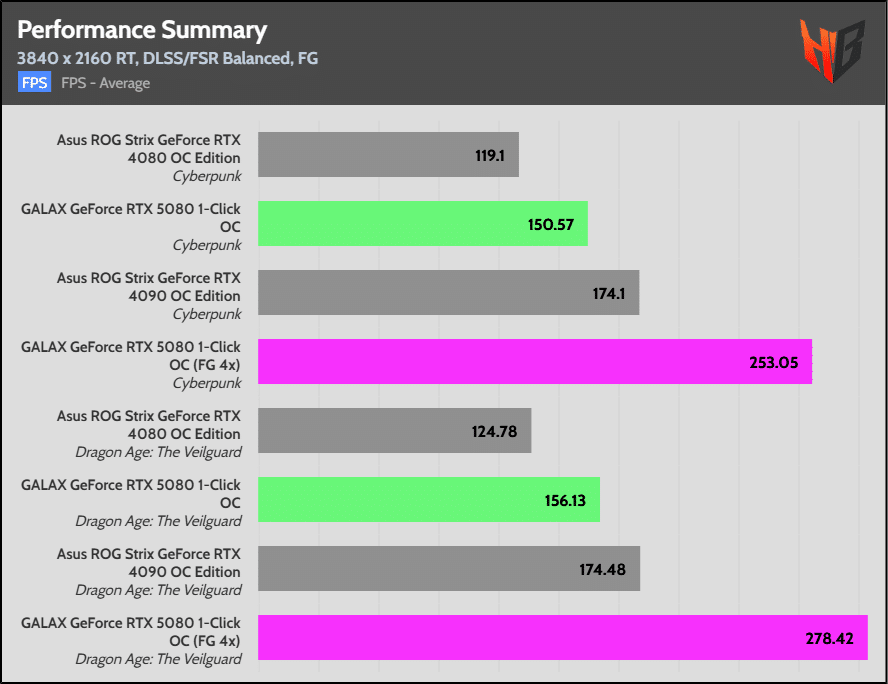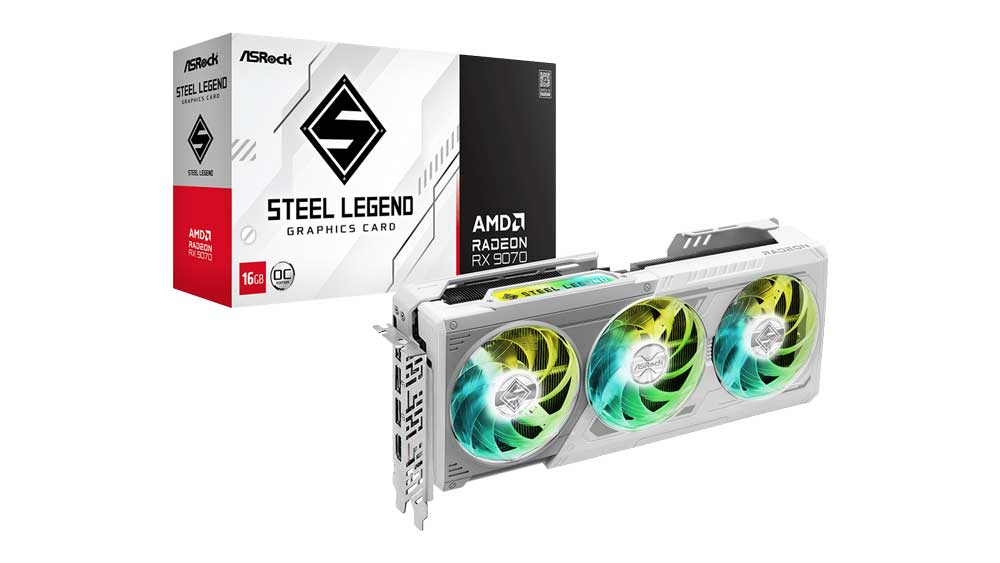Epilogue
GPU reviewing is challenging, especially if you don’t have enough automation to do tedious tasks like game benchmarking. Even with manual control, there can still be issues during benchmarking, so automation can cause even more problems. Thankfully, I have automated the transfer of vast amounts of test results data into graphs, which usually requires many work hours, and I am working my way to automate some benchmarks, too.
| NVIDIA RTX 5080 vs. RTX 4080 (FHD, QHD, UHD Combined) | |||
| Metric | FPS Improvement | Power Consumption Improvement | |
| Raster | 5.78% | 2.77% | |
| +DLSS | 5.67% | 2.74% | |
| +RT | 6.41% | 7.23% | |
| +RT + DLSS | 5.85% | 6.70% | |
| +RT + DLSS + FG (2x) | 11.30% | 12.10% | |
| AVG: | 7.0% | 6.31% | |
Because I hate extended epilogues and because I am pretty sure that most of you are on the same page, the average performance difference between the RTX 4080 and the RTX 5080 is just 7% using the same DLSS and FG technology, while the power consumption improvement is even lower at 6.31%. This is nothing to get you excited. I will use a phrase I read in a comment in one of our videos. This new GPU release is mainly a software update! So true!
With DLSS 4.0 enabled, you get higher quality graphics, and with the new Frame Generation modes (3x and 4x), which are only available in the RT 50 cards, you can get way higher performance. It is all about AI, after all, to improve performance.
So, let’s look at two games where I went for the full FG speed (4x) and notice the differences.
As you can see, the performance with FG 4x renders the RTX 5080 faster than the RTX 4090, thanks to AI. I don’t know whether NVIDIA will provide FG 4x to the RT 40 series, too, and many of you will say what about latency. First, don’t expect a 30 FPS game to improve vastly and be enjoyable, even with FG set at 4x and with over 100 FPS. You need a strong raster performance base for FG to work its magic, but thankfully, the RTX 5080 is already strong enough to handle most contemporary titles.
FG 4x is not the solution for all, but it works wonders when the GPU is strong enough to handle the games’ engine. This is the primary advantage of the RTX 50 series. NVIDIA promises that shortly after the release of the new GPUs, 75 games and apps will support multi-frame generation.
The other big news is the DLSS 4 Transformer model, which is not exclusive to the RTX 50 series but refers to all RTX lines. DLSS transformer models improve image quality with improved temporal stability, less ghosting, and greater detail in motion. There is a relatively small performance penalty, but as GPUs become more potent, we should focus more on quality than performance.
The following table reminds you of the differences between the RTX 50 series members.
| RTX 5090 | RTX 5080 | RTX 5070 Ti | RTX 5070 | |
|---|---|---|---|---|
| Architecture | GB202 | GB203 | GB203 | GB205 |
| Process Technology | TSMC 4N | TSMC 4N | TSMC 4N | TSMC 4N |
| Base Clock (MHz) | 2010 | 2300 | 2300 | 2160 |
| Boost Clock (MHz) | 2410 | 2620 | 2450 | 2510 |
| VRAM Size (GB) | 32 | 16 | 16 | 12 |
| VRAM Type | GDDR7 | GDDR7 | GDDR7 | GDDR7 |
| VRAM Speed (Gbps) | 28 | 30 | 28 | 28 |
| VRAM Bus Width (bit) | 512 | 256 | 256 | 192 |
| Transistors (Billions) | 92.2 | 45.6 | 45.6 | 31.0 |
| Shading Units | 21760 | 10752 | 8960 | 6144 |
| TMUs/Tensor Cores | 680 | 336 | 280 | 192 |
| ROPs | 192 | 128 | 128 | 64 |
| SM/RT Cores | 170 | 84 | 40 | 48 |
| TDP (W) | 575 | 360 | 300 | 250 |
| Launch Month/Year | 1/2025 | 1/2025 | 1/2025 | 1/2025 |
| MSRP ($) | 2000 | 1000 | 750 | 550 |
The GALAX GeForce RTX 5080 1-Click OC is a strong graphics for those stuck with an RT 30 series card. If you have an RTX 4080, I see no reason for this upgrade unless you want the newest Frame Generation technology. Moreover, this specific model from Galax has a quiet operation under most conditions and is sold at MSRP. Matching this graphics card with an ATX v3.1 PSU will be ideal, with the proper high-power cable, and avoid using adapters. You will find the best ATX v3.x PSUs in this article.
- Sells at MSRP ($1000)
- DLSS4 Frame Generation and Transformers Upscaling
- Compact dual-slot design
- Energy efficient
- Fan stop feature for lower noise output
- HDMI 2.1 and DP 2.1 support
- PCIe 5.0 support
- High-end hardware encoding acceleration
- Quiet Operation
- Overclocked from the factory (small margin)
- Notable overclock room
- Good cooling system
- Not a major performance upgrade without FG (4x) involved over the RTX 4080
- High idle and multimedia power consumption
- Prologue & Technical specifications
- NVIDIA’s Key Technologies
- Box & Contents
- Part Analysis
- Specifications Comparison
- Test System
- Game Benchmark Details
- Raster Performance
- RT Performance
- RT Performance + DLSS/FSR Balanced
- Raytracing Performance + DLSS/FSR Balanced + FG
- DLSS/FSR Balanced (No RT)
- DLSS/FSR Balanced + FG (No RT)
- Relative Perf & Perf Per Watt (Raster)
- Relative Perf & Perf Per Watt (Raster + DLSS/FSR)
- Relative Perf & Perf Per Watt (RT)
- Relative Perf & Perf Per Watt (RT + DLSS/FSR)
- Relative Perf & Perf Per Watt (RT + DLSS/FSR + FG)
- Rendering Performance
- Operating Temperatures
- Operating Noise & Frequency Analysis
- Power Consumption
- Clock Speeds & Overclocking
- Cooling Performance
- Epilogue












why dont you report on coil whine? i care about that more than anything else
Εξαιρετική παρουσίαση της RTX 5080 καρτας γραφικων! Οπως ειπωθηκε σωστα στο βιντεο εδω δεν βλεπουμε μια νεα καρτα απο θεμα επιδοσεων hardware,αλλα απο θεμα νεου software! Οπως τοτε με τη 7000 Gen της Radeon με απιστευτη αυξηση FPS μεσω του Fidelity 3 ετσι και τωρα βλεπουμε μια νεα gen στο θεμα DLSS4 και τιποτα παραπανω!
Aris i have an Andyson PX-1200 Platinum with ATX 2.53 spec should it okay to handle RTX 5080 with 12v-2×6 converter ?
power wise is ok, but I don’t trust adapters/converters.
did the 12v-2×6 converter still had bad melting behavior in RTX 50xx series with high wattage PSU like 1000W++, and do you have any suggestion for ATX 2.53 users who want to pairs their PSU with RTX 50xx series ?
There will always be issues in everything, but the fact is that 12V-2×6 is much safer than 12VHPWR. As for ATX 2.53 users, get proper cables from the respective brands, 2x 8-pin to 12+4